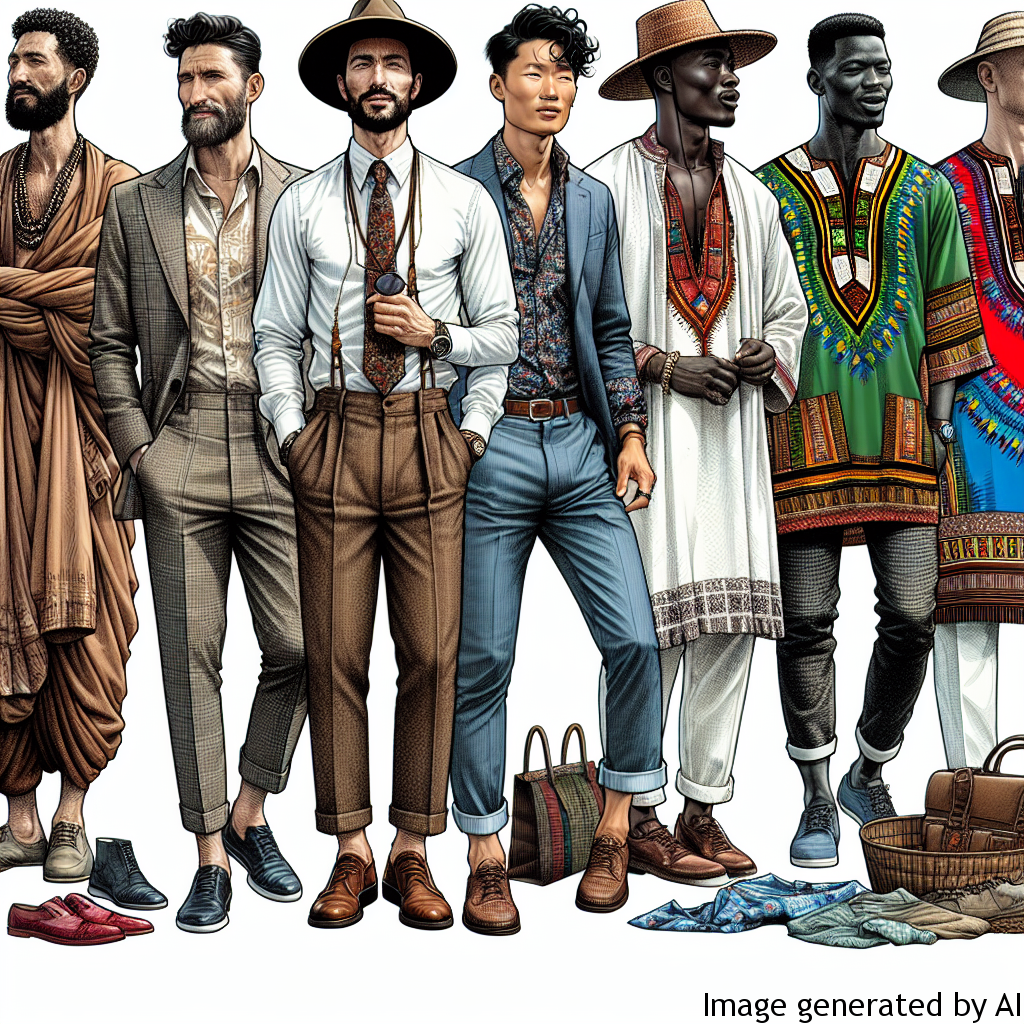Men’s Fashion and Politics: Clothing as a Statement
Introduction
Despite what we might like to believe, clothing is never truly apolitical. It reflects our identities, beliefs, and positions in social, economic and political hierarchies. In male’s fashion, the interplay between politics and style is particularly pronounced. Clothing forms an essential component of gender expectations and Male identity, impacting their psychological health. This article explores the intersection of Male fashion, politics, and gender roles.
Description of Gender Expectations and their impact on Men’s Psychological Health
Fashion can reinforce or challenge gender norms and expectations. These deeply seated norms often entail both subtle and explicit expectations about how males should behave, dress, and communicate.
The Role of Fashion in Defining Masculinity
Traditional male fashion has often been underpinned by notions of power, dominance, and control, mirroring social expectations of ‘masculine’ behaviour. The tailored suits, stiff collars, and regimented ties could symbolize order, discipline, and conformity. These fashion norms can escalate the psychological pressure on men to conform to predefined standards of masculinity, sometimes leading to negative mental health repercussions, including stress, anxiety, and depression.
The Politics of Male Fashion
Culturally, fashion has been weaponized to assert masculinity against perceived threats, such as deviation from traditional gender roles or challenges to social hierarchies. However, as political landscapes evolve, so do fashion trends. The emergence of more fluid fashion styles represents shifting attitudes, challenging orthodox understandings of masculine and feminine dressing.
Examples of how Gender Roles can Impact Men’s Lives
The consequences of gender norms and expectations in fashion extend beyond aesthetics. Men navigating professional environments may feel obligated to adhere to traditional dress codes to project authority or competence. A CEO may feel compelled to wear tailored suits to maintain an image of control and stability. Conversely, men who express themselves through non-traditional or more flamboyant fashion choices may be met with stigma or criticism, impacting their career advancement or social acceptance.
Tips for Improving Psychological Health considering Gender Roles
Recognition of the bridled pressure men face with gendered expectations is the first step towards better psychological health. Encouraging men to have open dialogues about mental health can help dismantle the stigma associated with emotional vulnerability. Encouraging men to express their unique style can also cultivate individuality and self-confidence. Mental health professionals can bolster this by promoting the understanding that fashion choices don’t diminish or qualify masculinity.
Conclusion
As we interpret the future of men’s fashion, it’s critical to acknowledge how it is influenced by and influences the politics of gender. By challenging gender norms and embracing a broader understanding of masculinity, society can foster healthier perceptions of male identity and style. After all, clothes are just clothes; it’s the people who wear them who lend them meaning.

